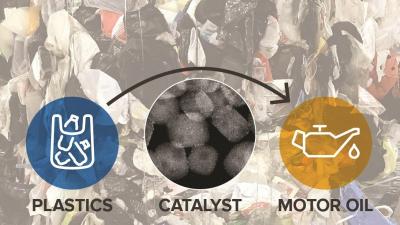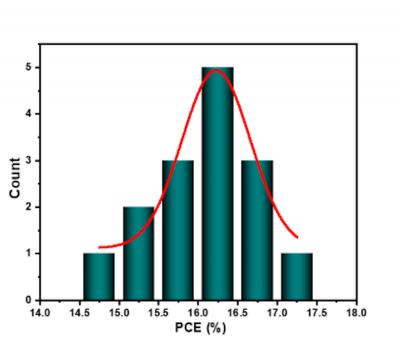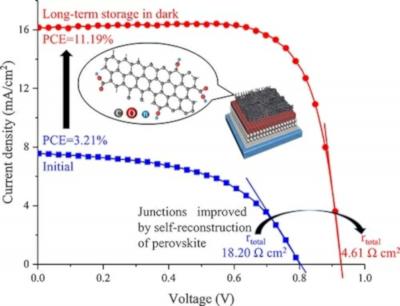Microquanta announces 14.24% efficiency with large-area perovskite solar module
![]() The China-based Microquanta says its research team achieved a 14.24% conversion efficiency record for a large-area (200x800cm2) perovskite solar module. The device has reportedly passed testing by the European Solar Test Installation agency. Also, Microquanta announced a 20 MW perovskite module pilot line.
The China-based Microquanta says its research team achieved a 14.24% conversion efficiency record for a large-area (200x800cm2) perovskite solar module. The device has reportedly passed testing by the European Solar Test Installation agency. Also, Microquanta announced a 20 MW perovskite module pilot line.
The business has focused on perovskite cell and module R&D from day one. Last year, Microquanta achieved a lab conversion efficiency record of 17.9% (17.3% stable rate) with its perovskite solar module, and the company then turned to large-area devices.





